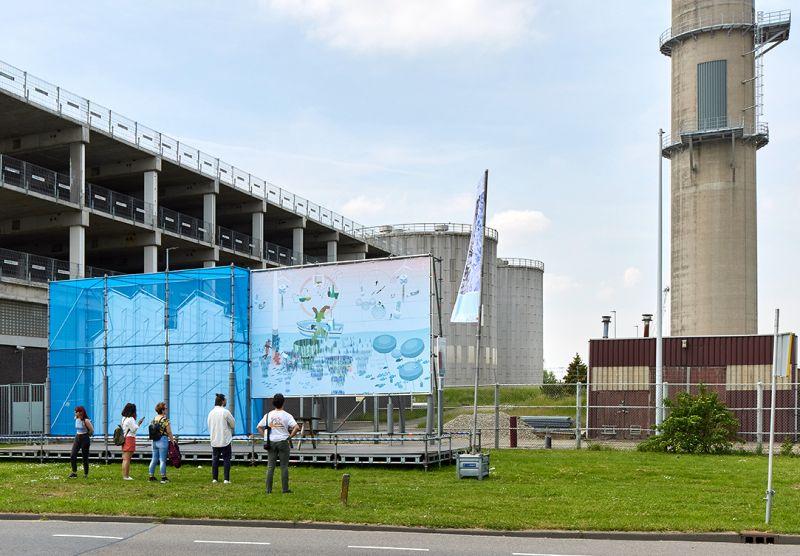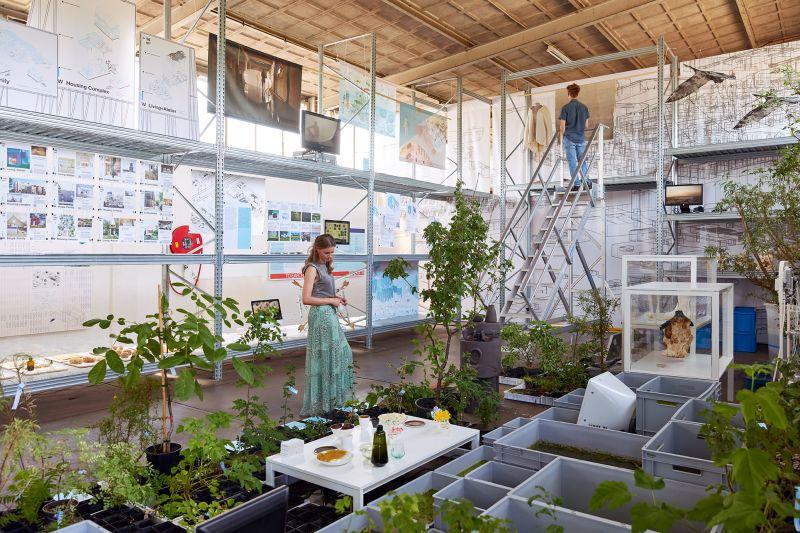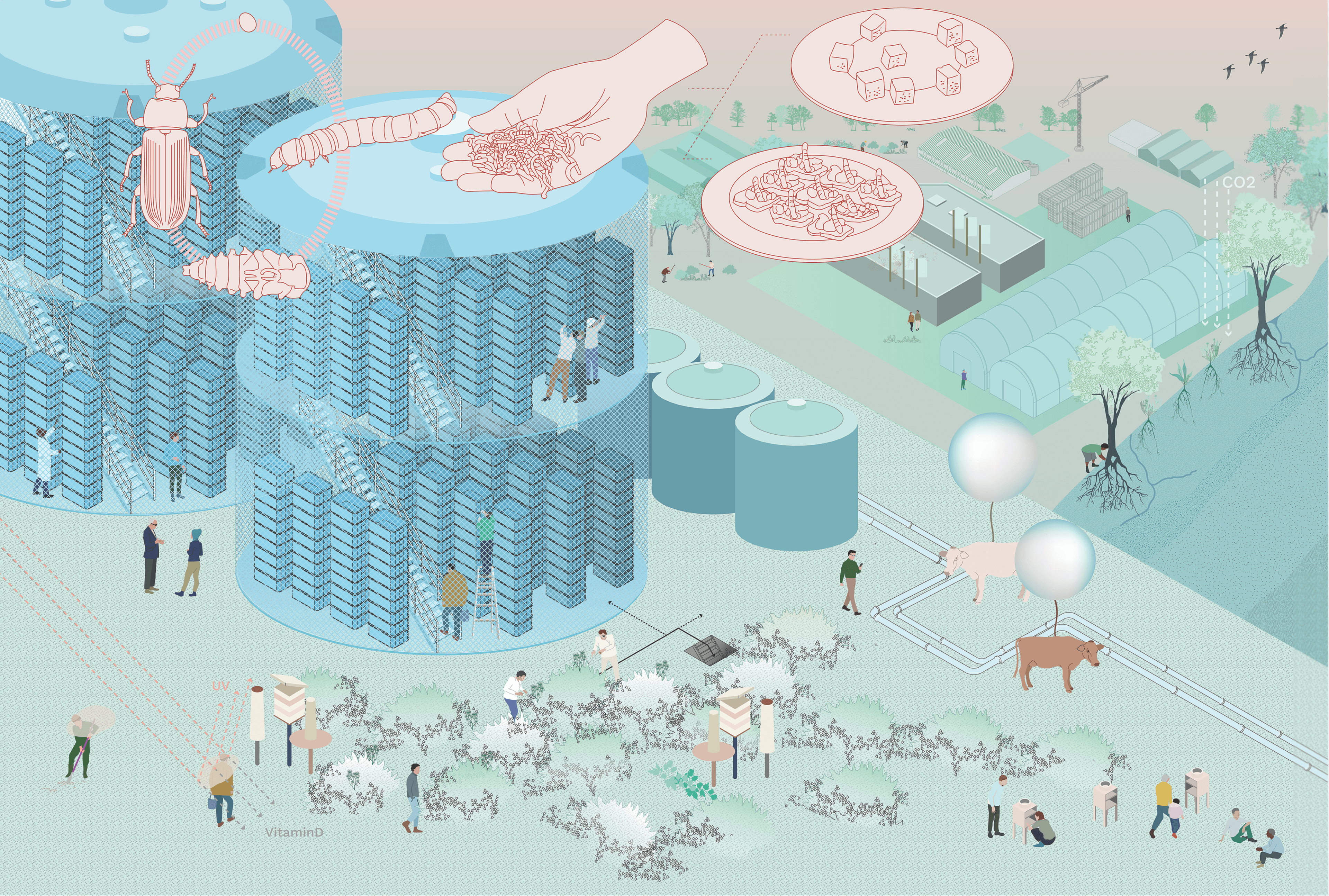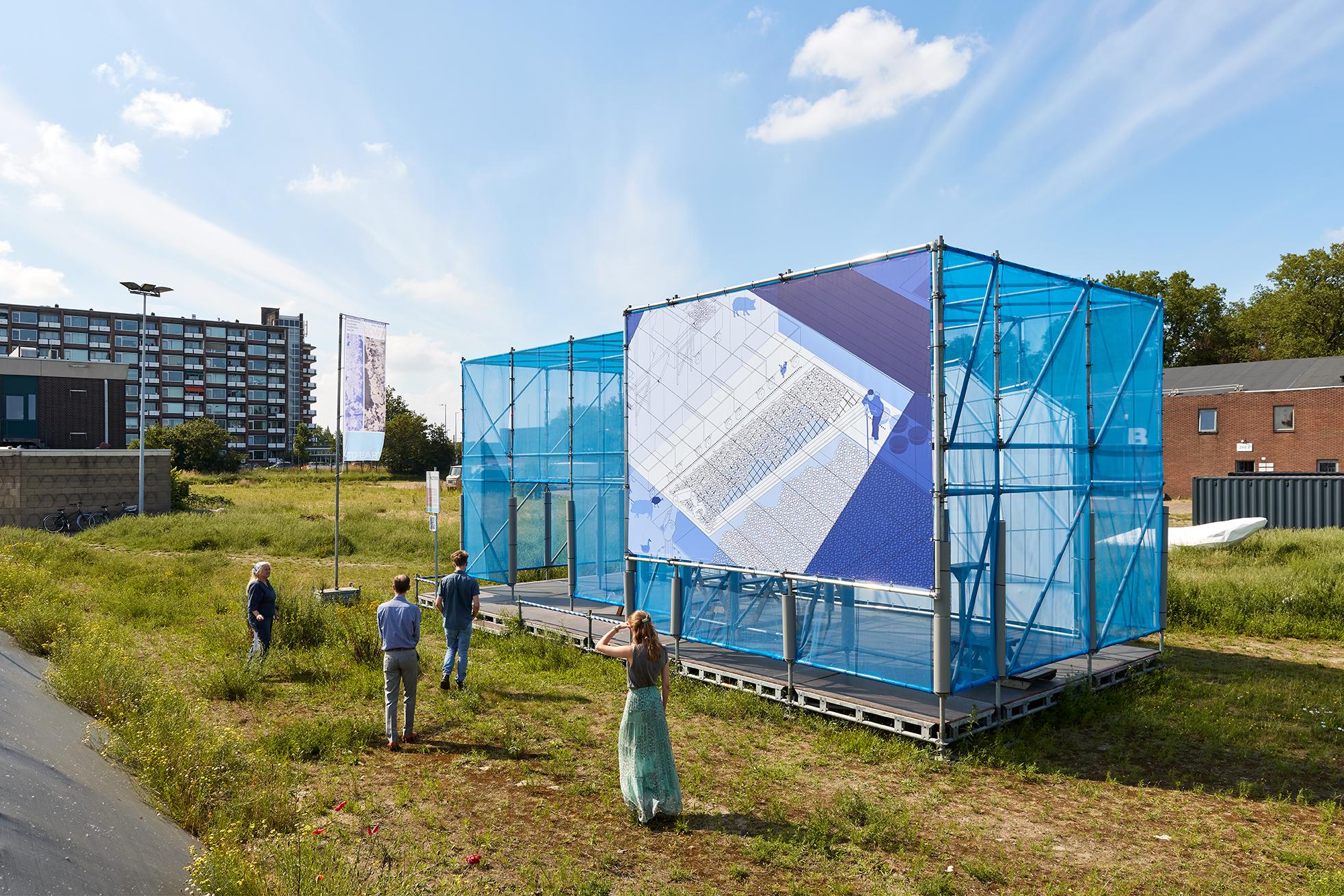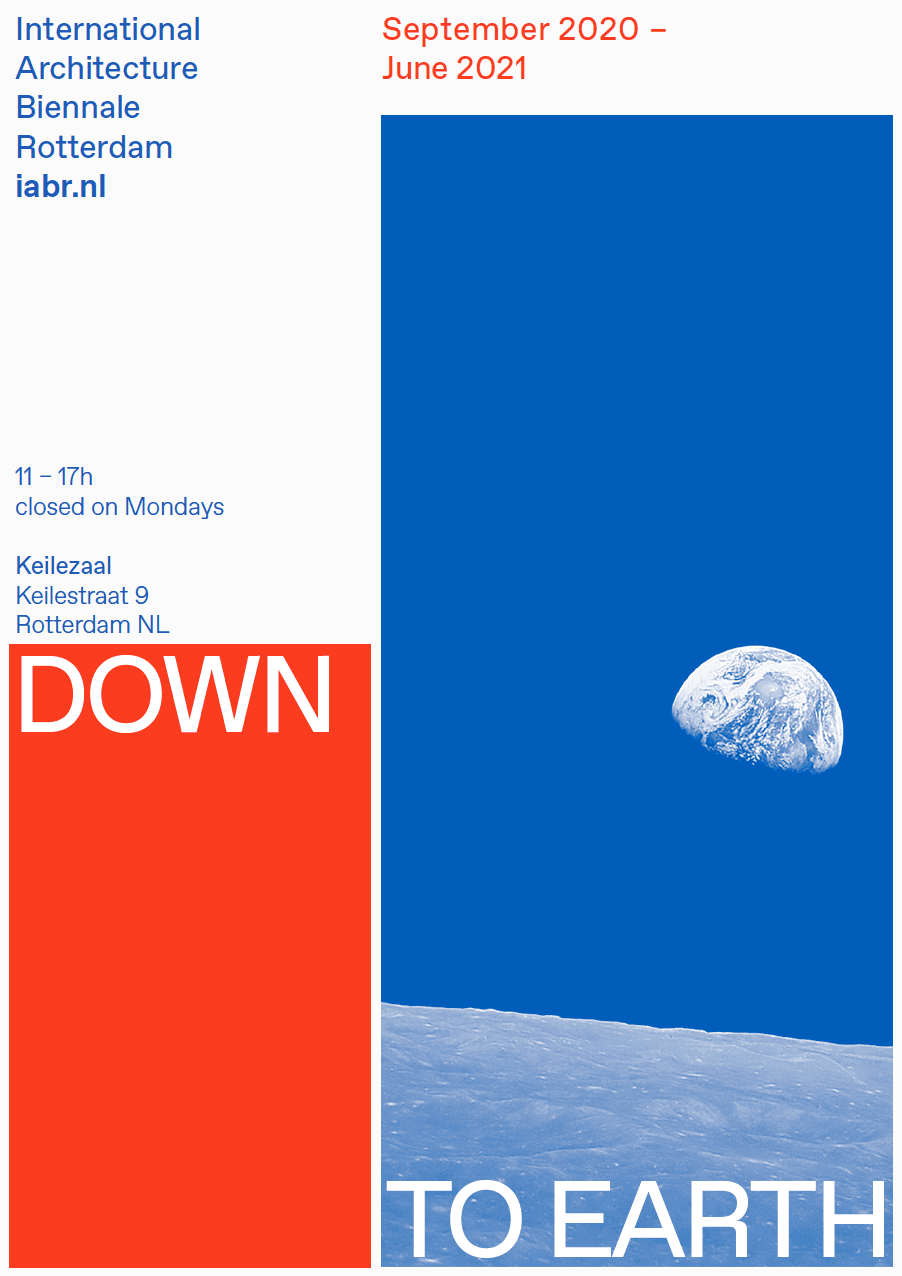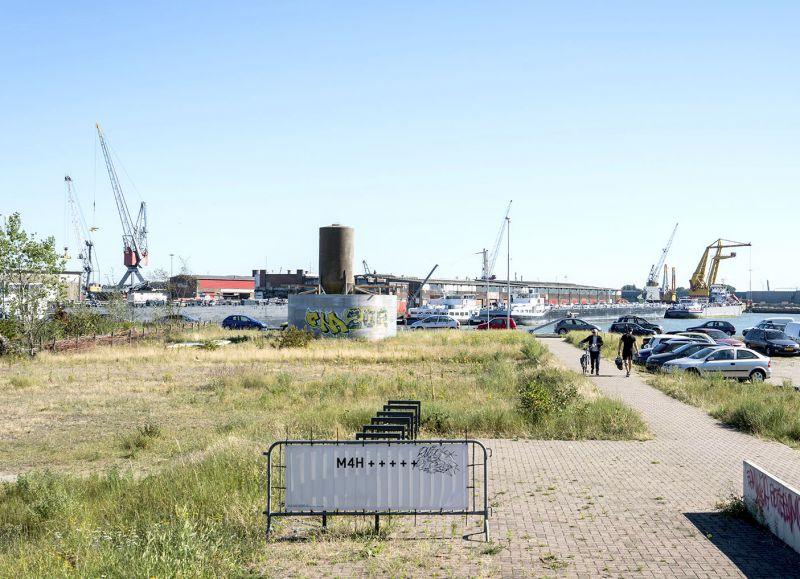Waterschool M4H+ involved the exploration of the potential development of the Rotterdam Merwe-Vierhavens area (M4H) into a learning production landscape. The starting point is sustainable water management. In the workspace of Studio Makkink & Bey, on the western edge of Merwe-Vierhavens (M4H), the exhibition visualized what a new living and working environment could look like. The presentation included projects by various designers, artists, and architects.
The exhibition Waterschool M4H+ was part of the IABR 2020: Down to Earth. The Waterschool is a long-term research project by Studio Makkink & Bey and was previously involved in IABR 2018: The Missing Link. In the Waterschool, designers Rianne Makkink and Jurgen Bey explored ways to reduce the huge water footprint of the average Rotterdam resident. They looked not only at the water consumption of products, but also at the water consumption of the entire production process and the ecology behind it. For example, it takes 120 liters of water to make a cup of coffee.
In 2022, the Waterschool M4H+ won the Dutch Design Award in the Design Research category.
